Honeysuckle cultivar Pride of Bakchar
Honeysuckle is one of the leaders among the new types of fruit berries that have been gaining popularity in recent decades. This culture is especially important for countries and regions with a cold climate, in which traditional fruit trees do not develop well. Honeysuckle is often not inferior to them in taste, and in its useful properties it can even give a head start! Now we will get acquainted with one of the many varieties of this interesting berry.
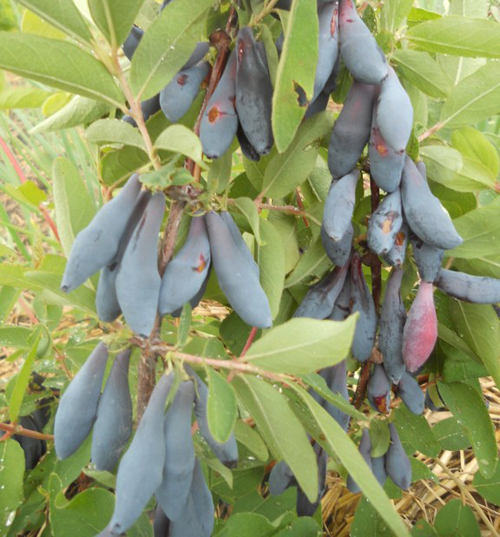
History of creation
The pride of Bakchar was bred in the well-known nursery of the Tomsk region "Bakcharskoye". Perhaps this is the most eminent place in Russia, where a lot of people are engaged in the culture of honeysuckle. In any case, the Bakchar experimental plantation planted with this berry has no equal in area in the country!
The variety was declared for admission in 2002, and four years later it was entered in the State Register. Thus, it can be considered relatively young, even considering that serious work on honeysuckle varieties generally began only in the middle of the last century.
Description of the appearance of the plant
The bush is medium-sized, has a spreading, wide shape. Usually the height of mature specimens reaches 1.6 meters, with a width of about one and a half meters. Shoots are long, with light bark, often drooping to the ground. The peculiarity is that some of the shoots rush upward, and the general impression of the bush is a slight sloppiness, "unkempt" shape.
The branches are practically devoid of the pubescence characteristic of the culture; it is present only on the leaves. The leaf plate is medium in size, matte, leathery, dark green in color.
The pride of our hero is his berries! They are unusually large in size: about 5.5 cm in length and 1.5 cm in diameter. The average weight of an individual berry is 2 to 3 grams. Rare honeysuckles are able to compete with Bakchar's Pride in this indicator.
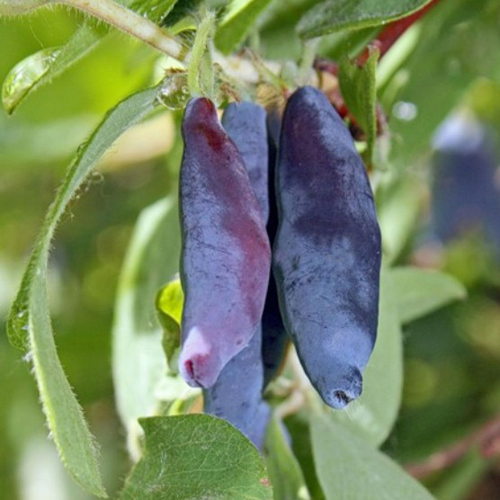
The ripening of the crop occurs in the second half of July, therefore, the variety belongs to the group of medium-late, and even late varieties. Berries, reaching ripeness, quickly crumble, they need to be picked regularly and on time. This is perhaps the cultivar's biggest flaw.
The second drawback, albeit small, is a tangible bitterness in the taste, although the ripe fruit is generally pleasant, sweet and sour. But the berry has an attractive appearance: purple-blue, with a noble whitish bloom, large and well! From each bush, you can collect from 3 to 4 kg of fruits. It is noteworthy that they are quite lying, with good transportability, which is actually a rarity for honeysuckles. For this reason, the variety is considered valuable for industrial cultivation.
Features of agricultural technology and use
To some extent, we have already covered these issues. With regard to care features, the following can be added:
- In general, the culture is resistant to adverse factors and diseases. Differs in increased frost resistance. This even applies to blossoming flowers that are not afraid of serious recurrent frosts.
- Pollination requires other varieties, among which it is preferable Bakchar Giant, Daughter of the Giant, Delight.
- The crop can be harvested not only by hand, but also mechanically.
- He loves space and light, so the bushes should be planted with a distance of at least one and a half meters, or even a little more.
- This honeysuckle loves regular watering, does not develop well on very light sandy soils, as well as on excessively dense, clayey soils.
- It is advisable to regularly loosen and mulch the trunk circle, especially in more southern, arid regions.
Berries have a dessert purpose; in private farms they are often used fresh. They also serve as an excellent raw material for jams, jams and juices, as a material for homemade wine.For decorative purposes, Bakchar's Pride is not used due to the features of the crown, which were discussed above.
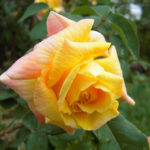
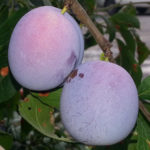
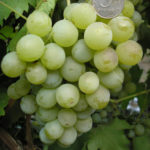
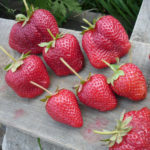
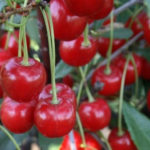




I agree that honeysuckle is a very healthy berry, especially considering that it ripens the very first in our garden. The pride of Bakchar is a very large-fruited variety: the berries are very, very large - the eye rejoices, and it is pleasant to collect them, but in the total mass, fruiting is poor (if a small bucket can be collected from the bush of the "old" variety at a time, then from the bush of Bakchar's Pride - a glass , no more). Bushes develop very slowly - this honeysuckle has grown to a full-fledged bush only by the 7th year of life.